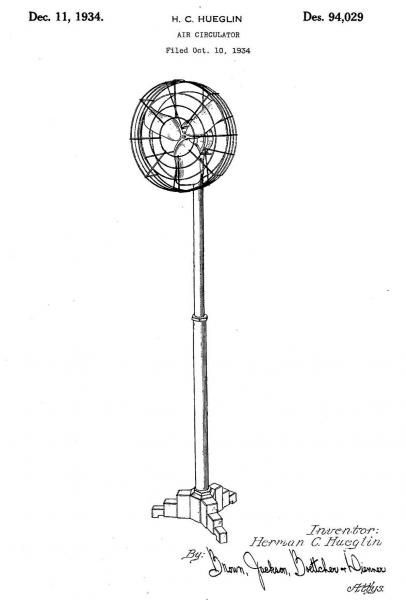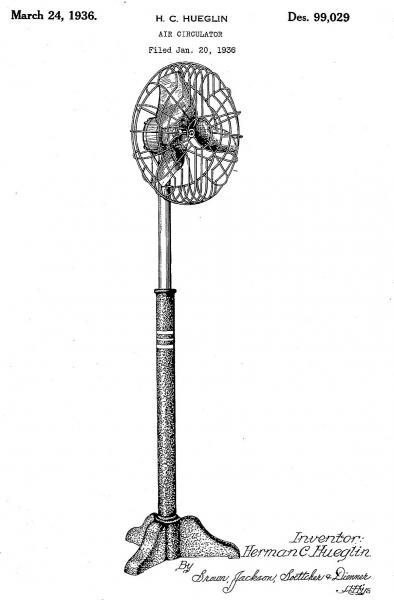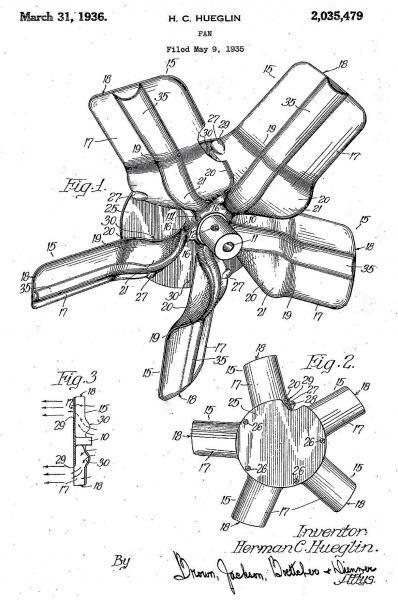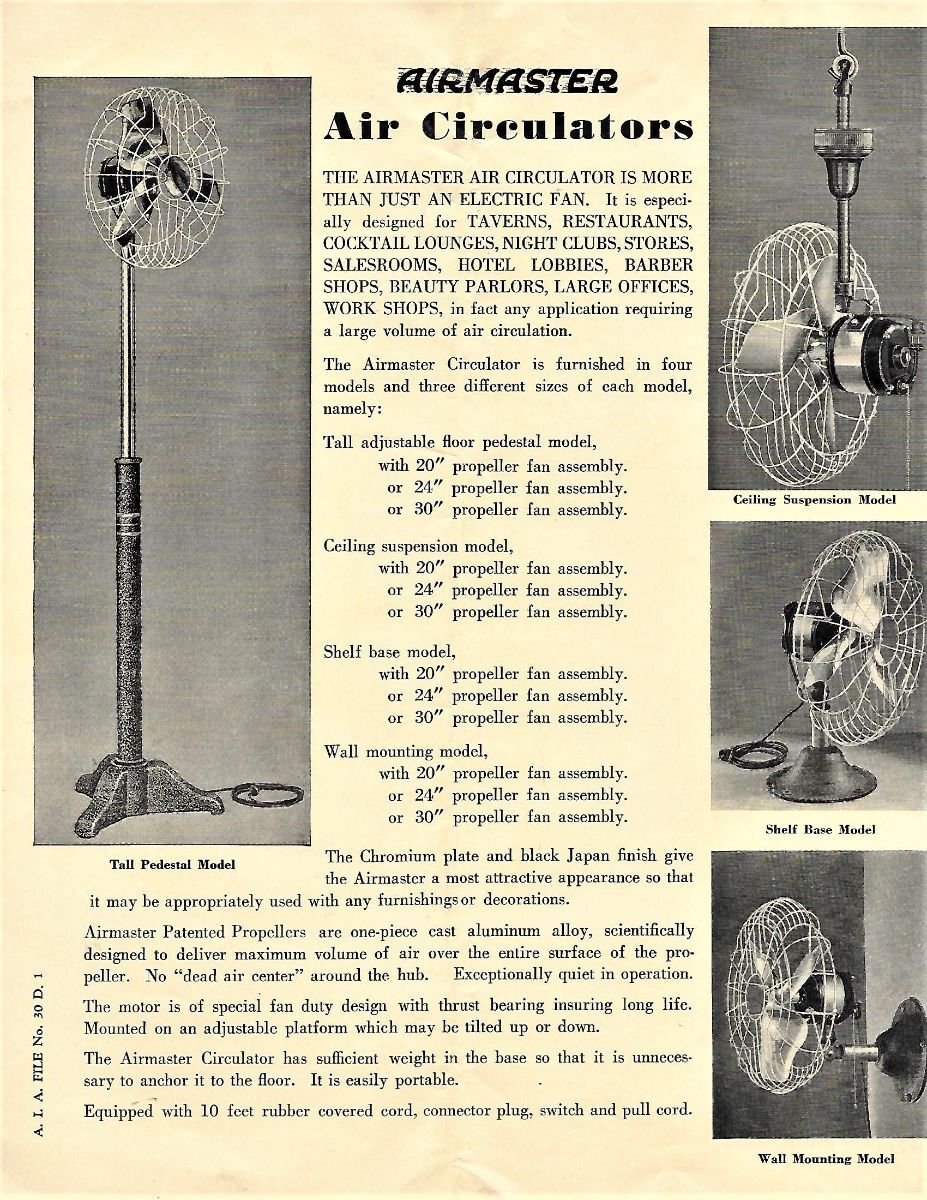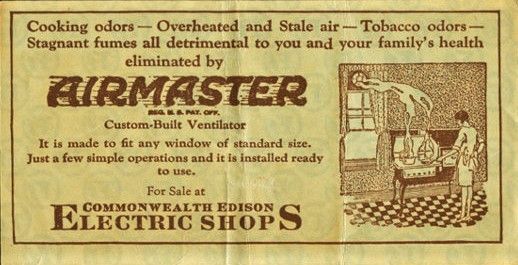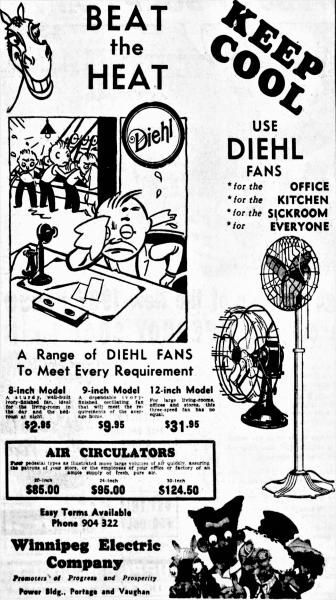Posted by MK Research on Feb 17th 2023
History of the Airmaster Corporation 1935 - 1937 Models

1928 - A young man and inventor, Herman C. Hueglin worked as secretary for the Federal Merchandise Company in the Marquette Building, 140 South Dearborn Street, previously working at Commonwealth Edison Co. while working at Commonwealth Edison, Hueglin meets a very powerful and rich man, Mr. William A. Fox, and scores a job as the executive secretary to Fox's firm, the Federal Merchandise Company, of which he is the president and director. Hueglin files for patents for a window fan design, and Fox is intrigued enough to invest in Hueglin, as the company inventor/developer and with Fox as chief investor and president. Hueglin applies for his first patents, but is listed as an employee of Federal Merchandise Company. While Hueglin is the inventor, his boss at Federal Merchandise Company, William A. Fox, who bankrolled manufacturing and marketing of Hueglin's window fans through Federal Merchandise Company or through Fox's connections to his former workplace, Consolidated Edison.
Photo of the Federal Merchandise Company Building circa 1920's
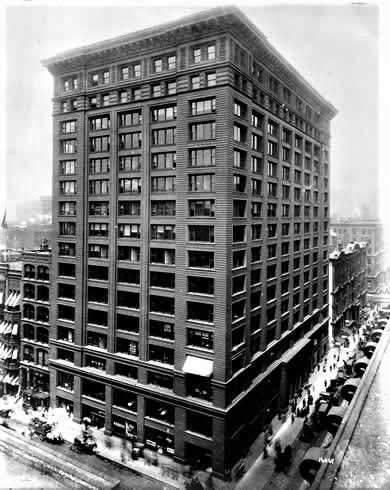
By 1929, Hueglin creates Airmaster Corporation, however, he is still beholden to his investors and Federal Merchandise Company, until 1935. 1935 is a great year for Herman Hueglin; The president of Airmaster Corporation William A. Fox retires, allowing Hueglin to finally be in charge of his own company. It is the last year he will be an assignor to Federal Merchandise Company. This is the year the first Airmaster pedestal circulator makes it's debut. It is readily distinguished by it's chromed pedestal and gloss black enameled, three-stepped and three legged base. There is an oval manufacturer plate on the side of this base, centered between to of it's three legs, and another, almost coin-like makers tag inserted in the center of the polished aluminum, three winged blade. All of the Hueglin designed Airmasters have Diehl Mfg. Co. motors exclusively. The motor is manufactured by Diehl, but labeled Airmaster, and is available as a two or single speed model. The circulators can be bought as a ceiling suspended version, a counter model, and a pedestal model. Diehl-badged Airmaster fans and circulators were manufactured for Diehl to market under their label, and have been observed with four-bladed, cast-aluminum Leinweber blades, otherwise appearing identical to the Airmaster products.
